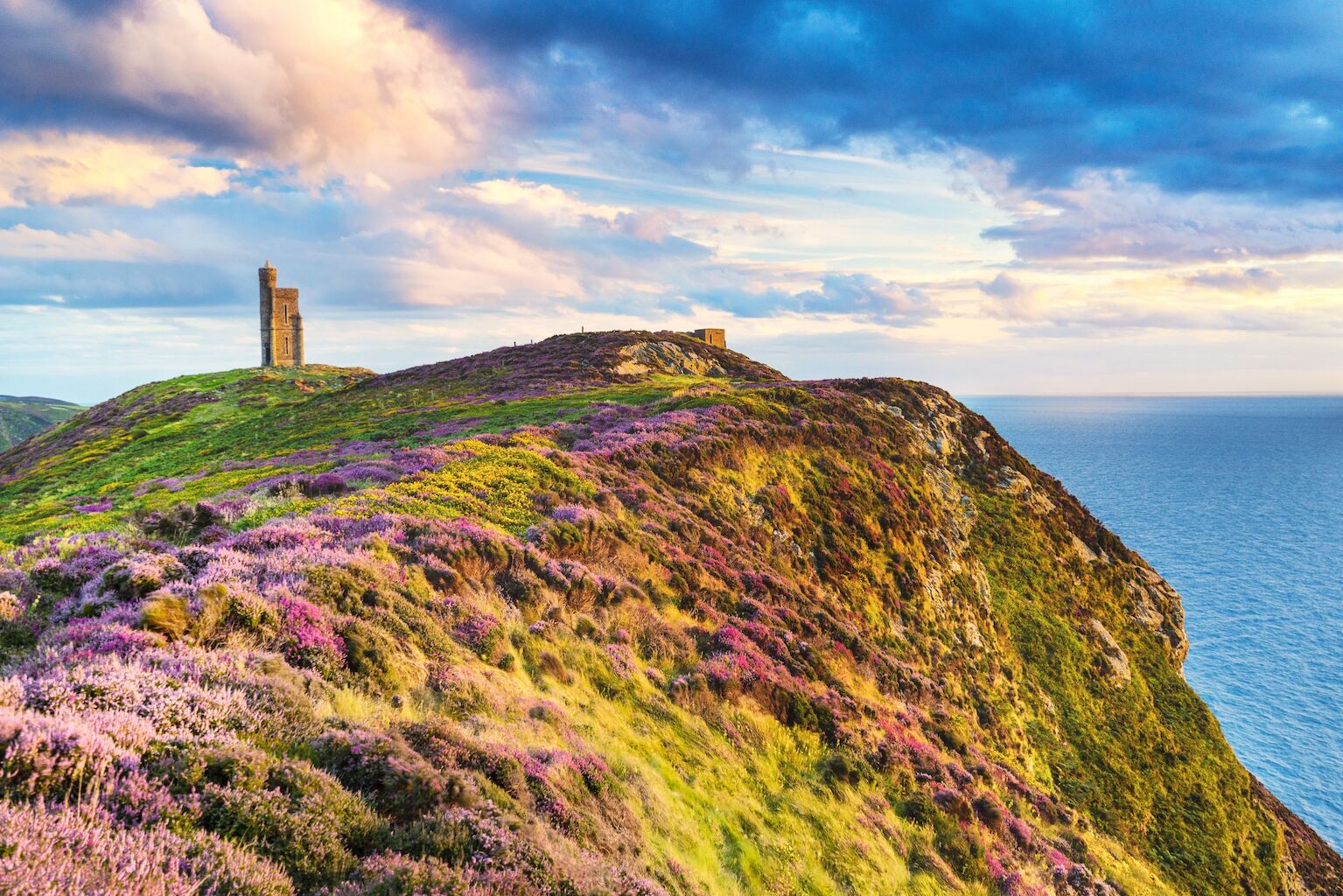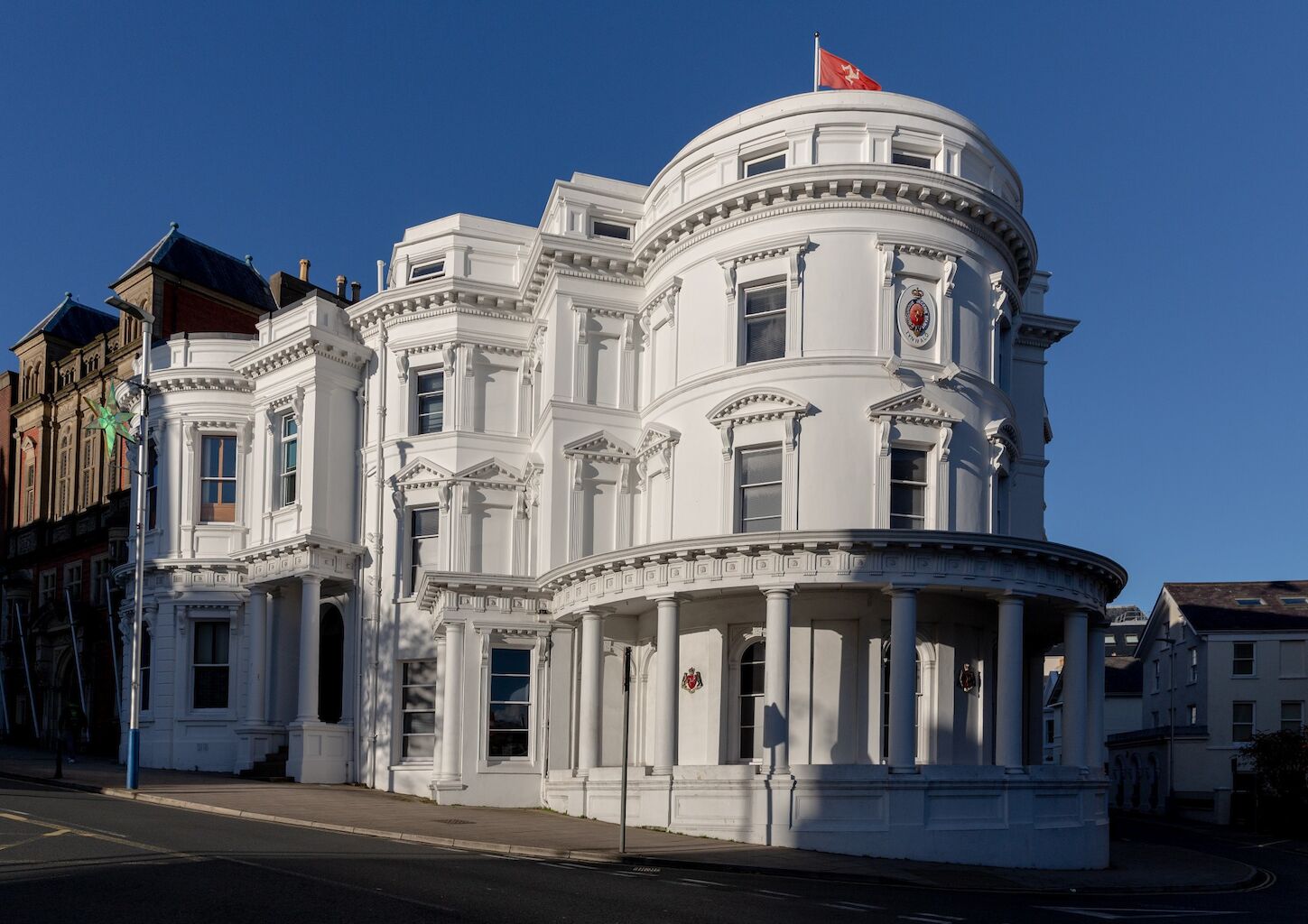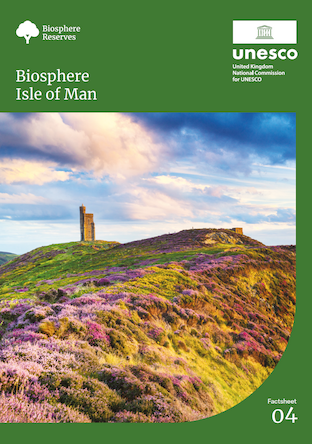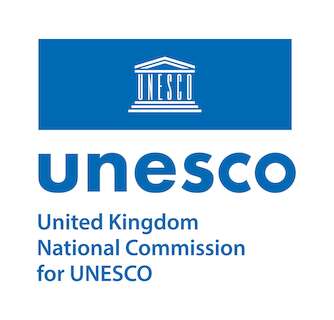Biosphere Isle of Man
The Isle of Man, a small island in the middle of the wild Irish Sea, has a vibrant cultural heritage shaped by Celtic, Norse, and British influences. Its unique folklore, language, music, and dance are celebrated throughout the year. The rugged coastlines, picturesque beaches, vital wetlands, heather moorlands, and wooded glens are home to incredible wildlife on both land and at sea. The island’s farming and fishing communities are internationally respected for their sustainable practices.
What makes this UNESCO Designation special?
The Isle of Man was the first whole jurisdiction to be designated as a UNESCO Biosphere Reserve (the only one, as of November 2024). The island is a self-governing Crown dependency - not actually part of the UK - with the oldest continuous parliament in the world, the Tynwald.
The Isle of Man community takes great pride in its heritage and culture. The language, Manx Gaelic, has seen a healthy resurgence, with two primary schools teaching solely in Manx. Manx music and dance are celebrated year-round at events such as Yn Cruinnaght Celtic Gathering, and there is a renewed enthusiasm for Manx traditions and customs such as Oie Voaldyn and Hop tu Naa.
Evidence of the island’s varied history is woven throughout the landscape, with castles and ancient monuments dotted throughout the island, not to mention the impressive Victorian engineering of the heritage railways and the Laxey Wheel. The island is renowned for its vibrant seas and diverse landscape, from rugged coastlines and sand dunes to woodlands and peatland. These habitats support a wealth of biodiversity, including species such as grey seals, hen harriers, and the unique Loaghtan sheep.
Related Posts

The 2025 UK Man and the Biosphere (UKMAB) Annual Meeting, hosted by The Living Coast UNESCO Biosphere, marked a significant milestone for youth involvement in UNESCO Biosphere Reserves.











